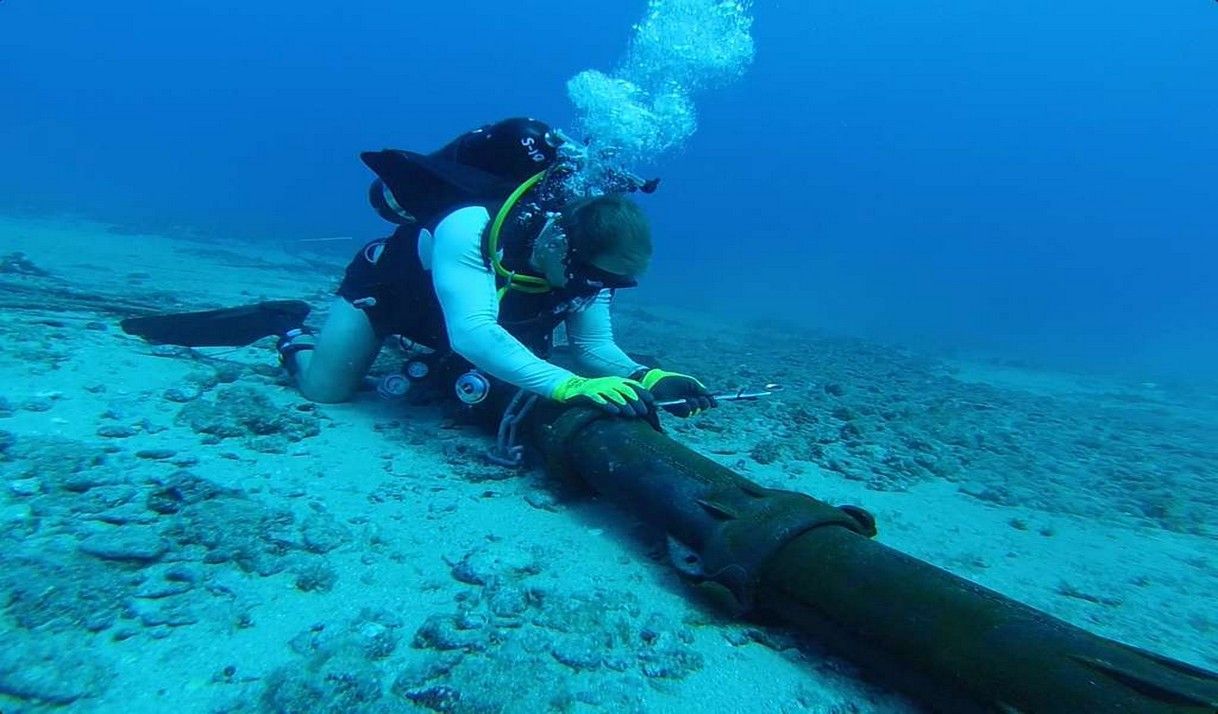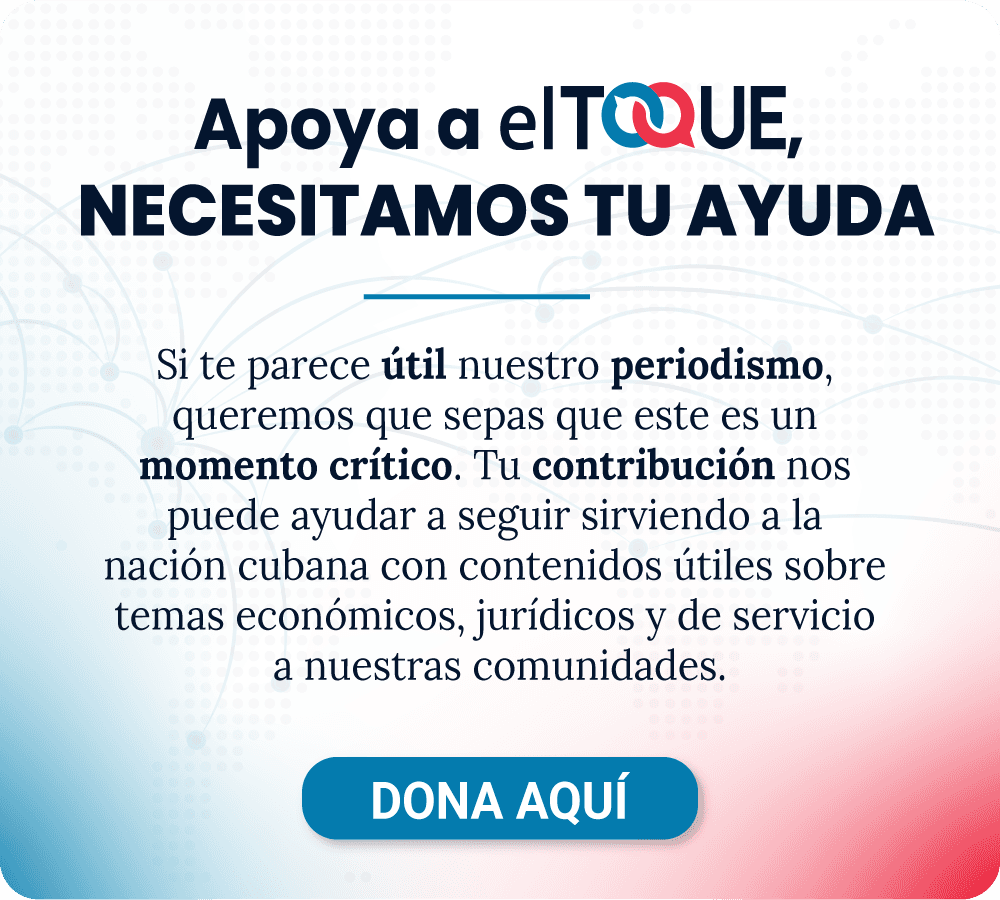What Happened to Cuba’s Promised Internet-Boosting Cable?

Photo: Get Archive
April 2025 marks two years since the Arimao submarine cable became operational, linking Cuba to the French overseas territory of Martinique. At its launch, Cuban authorities hailed the project as a beacon of hope, promising it would significantly improve internet connectivity for people across the island.
Since then, however, little public information has surfaced about its performance. While the cable was expected to bolster the country’s telecommunications infrastructure, everyday Cubans have seen few—if any—tangible benefits.
A Promising Start, Then Silence
On December 7, 2022, Cuba’s state-run telecom monopoly Etecsa announced the project. The installation was handled by Orange Marine, a subsidiary of French telecom giant Orange S.A., which partnered with Etecsa on the venture.
After that, media coverage dwindled. In April 2023, officials reported that testing was progressing well. Then, nothing—until January 2025, when Etecsa president Tania Velázquez addressed the cable in a press conference reviewing the previous year’s telecom developments.
Velázquez claimed the Arimao cable had tripled Cuba’s connectivity levels compared to 2021 and was operating at 80% of its capacity. “Arimao is an effective project,” she said. “Service is stable, and the design works. But internal investment hasn’t kept up.”
She noted that the country needs more cell towers—or radiobases—to fully leverage the cable’s capabilities. These towers amplify mobile signals but are often crippled by rolling blackouts. Velázquez also pointed to rising mobile usage and high data consumption in Cuba’s private sector as factors straining the network.
How Fast Is Cuba’s Internet?
According to independent monitoring groups, average broadband speeds in Cuba hover around just 3 Mbps. In some areas, Etecsa mobile users struggle to reach even 1 Mbps. That puts Cuba among the slowest internet providers in the world.
So what about Velázquez’s claim that connection speeds had tripled?
In 2021, the island’s average internet speed was reportedly 15.5 Mbps, according to data platform DataReportal. Independent outlet Fonoma measured 3 G speeds at 2.11 Mbps and nearly 20 Mbps for 4G users. These numbers cast doubt on official statements about progress.
Can Cubans Do Anything to Get Better Internet?
Even with 4G or LTE, getting reliable internet in Cuba remains a challenge. There’s no affordable, one-size-fits-all fix, but some users turn to signal boosters or data-sharing workarounds. However, these are often unstable or illegal.
In 2024, Velázquez said the Arimao cable had achieved “global connectivity” of 380 gigabits—but didn’t explain what that actually means for everyday users.
Etecsa’s explanations for ongoing connectivity issues have ranged from a lack of hard currency for infrastructure investments to sabotage and interference by unauthorized signal repeaters. The company has also blamed network overload due to the rising number of users.
As of December 2024, according to Communications Minister Mayra Arevich, 7.2 million mobile lines in Cuba had internet access.
What Exactly Does a Submarine Cable Do?
Submarine cables carry nearly all of the world’s internet traffic. While they don’t directly boost speeds for individual users, they dramatically expand a network’s capacity.
“Think of it like a highway with more lanes,” engineer Erik Kreifeldt told the blog Telegeography. “It doesn’t make the cars go faster, but it allows more of them to travel at the same time.”
In theory, Arimao should ease congestion on Cuba’s network. But so far, its supposed benefits remain largely invisible.
How Many Submarine Cables Reach Cuba?
Four cables reach Cuban territory—but only two are available for public use: Arimao and ALBA-1, the latter laid by Venezuela in 2011. The other two, GTMO-1 and GTMO-PR, serve only the U.S. Naval Base at Guantánamo Bay.
ALBA-1 connects Venezuela’s La Guaira port with Santiago de Cuba and Ocho Rios, Jamaica. Though completed in 2011, its launch was plagued by secrecy and delays. Within six months of its activation, Waldo Reboredo Arroyo—vice president of Telecomunicaciones Gran Caribe, a company linked to the project—was arrested in Havana. Authorities have never explained why.
Why Isn’t There a Direct Cable from the U.S. to Cuba?
Despite the short distance, politics get in the way. Since 1994, multiple attempts have been made to lay a cable from Florida to Cuba, including a proposal by Google in 2018. All have failed.
In 2022, the U.S. Department of Justice advised against granting Cuba access to the ARCOS-1 cable, citing national security concerns. Officials feared the Cuban government could use the connection for espionage.










Comments
We moderate comments on this site. If you want to know more details, read our Privacy Policy
Your email address will not be published. Mandatory fields are marked with *